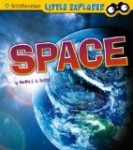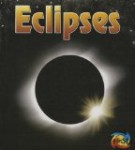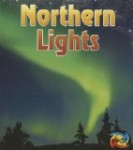“Do you know” what the title of the lively picture book Saturn Could Sail (Did You Know?)by Laura Lyn DiSiena and Hannah Eliot, with illustrations by Pete Oswald and Aaron Spurgeon, refers to? If not, you are going to learn loads of new things about our solar system and beyond!
The intriguing title refers to the fact that Saturn is less dense than water and could float in it if one could find a container of water large enough. Given our experience has mostly been with our own rocky planet, which is much denser than water, the fact a something as huge as a planet could float is very surprising to think about.
This books is full of those kind of thought-provoking facts. Another example is that scientists conclude there’s a star made entirely of diamond. This might be confusing to children who have been taught that stars are made of gas, because a diamond is not made of gas. In reality, the diamond star is a white dwarf, which is a type of star that has cooled off and is no longer active. It could be considered to be a “dead” star, although I can see why the authors might want to avoid calling it that.
With conversational-style text, humorous cartoon illustrations (both illustrators have worked on animated films), and a fascinating collection of up-to-date facts, Saturn Could Sail is very appealing to children interested in an introduction to astronomy. It would be a good choice for reluctant readers, as well.
Age Range: 4 – 8 years
Publisher: Little Simon (December 16, 2014)
ISBN-10: 1481414283
ISBN-13: 978-1481414289
Check our growing list of children’s books about our solar system at Science Books for Kids.

Disclosures: I found this book at my local library. Also, I am an affiliate with Amazon so I can provide you with cover images and links to more information about books and products. As you probably are aware, if you click through the highlighted title link and purchase a product, I will receive a very small commission, at no extra cost to you. Any proceeds help defray the costs of hosting and maintaining this website.
Come visit the STEM Friday blog each week to find more great Science, Technology, Engineering and Math books.










